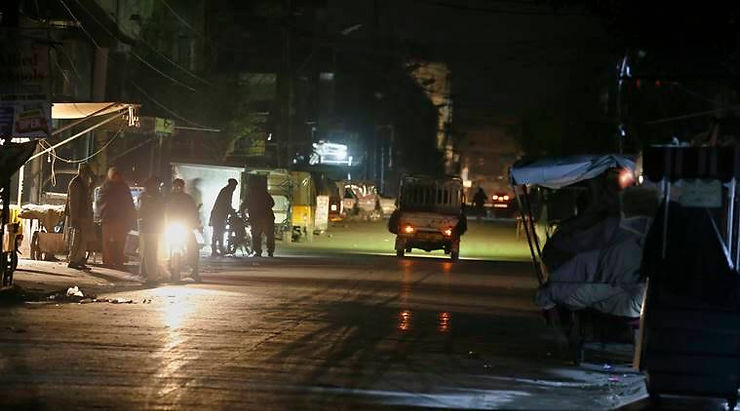By: Bryan Li
Generators whirr as backup lights blink on. Chefs breakfast by flashlight. Everywhere, workers sit, waiting for the power to return so they can work. On January 24, at about 7:34 AM, a major power outage surged across Pakistan , depriving millions of electricity. By nightfall, much of the country still had no electricity.
Pakistan’s power transmission infrastructure is old, barely maintained, and looked over by the government, thus plaguing Pakistan with repeated blackouts. This blackout was caused by a fluctuation in the voltage that caused several power plants across the country to fail. It was possibly the longest one yet. Engineers are still wondering why this happened. Several major cities and dozens of minor towns lost power and Internet connection. Some hospitals and schools were able to continue running with generators, but not very well. Akram Shah, who was with his sick mother at a hospital, says that there was “complete chaos”, and that the doctors were telling patients that they would have to come back tomorrow.
Citizens were also deprived of water. Water pumps, which run on electricity, could not function. Shafiqa Ali, a nurse, said that there was not enough water to wash dishes, as there was no way to get water from the underground tank up to the overhead tank where it could be used. Some used small generators or auxiliary power devices to get power, but most of these devices weren’t able to function for many hours straight.
Shehbaz Sharif, the Prime Minister, ordered an inquiry to find out why the power grid failed, and who was responsible. Meanwhile, workers desperately tried to restore power, but high demand and lack of supply caused it to take several hours.
The blackout inflicted an estimated 70 million dollar loss to Pakistan’s textile industry, its largest exporter. All around the city, textile mill workers wait for the power to return. Kamran Arshad, managing director of a Lahore-based textile company, said he had to shut his factory down for the day. “We operate on 40 percent gas and 60 percent electricity, but there is already a gas shortage, and with the power outage today, our factory operations are closed down.” Arshad claims that his factory’s losses for one day of non-production is around 20 million Pakistani rupees, and estimates that the combined losses of all textile factories could be billions of rupees.
Pakistan’s energy infrastructure, mostly constructed in the 1960s, has a long history of failing and government after government have failed to invest in the new infrastructure and fuel Pakistan needs. Natural disasters such as floods also damage infrastructure, making it harder to repair.










